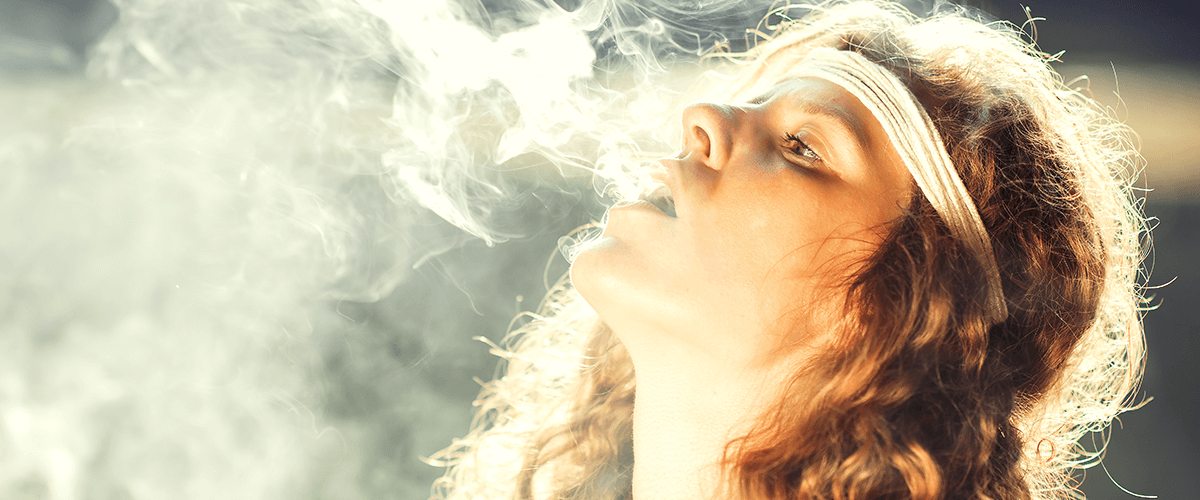
N, N-dimethyltryptamine, or DMT, is a fascinating compound, one that has been mystifying psychonauts and eluding scientific explanation efforts for decades. It is among the most potent psychoactive molecules known to us, inducing extremely vivid, albeit short-lived hyperdimensional visual experiences in users. These phantasmagoric visions often include otherworldly sceneries, intricate, multidimensional quantum structures, exquisite complex transforming fractals, and powerful alien sentient entities with telepathic abilities.
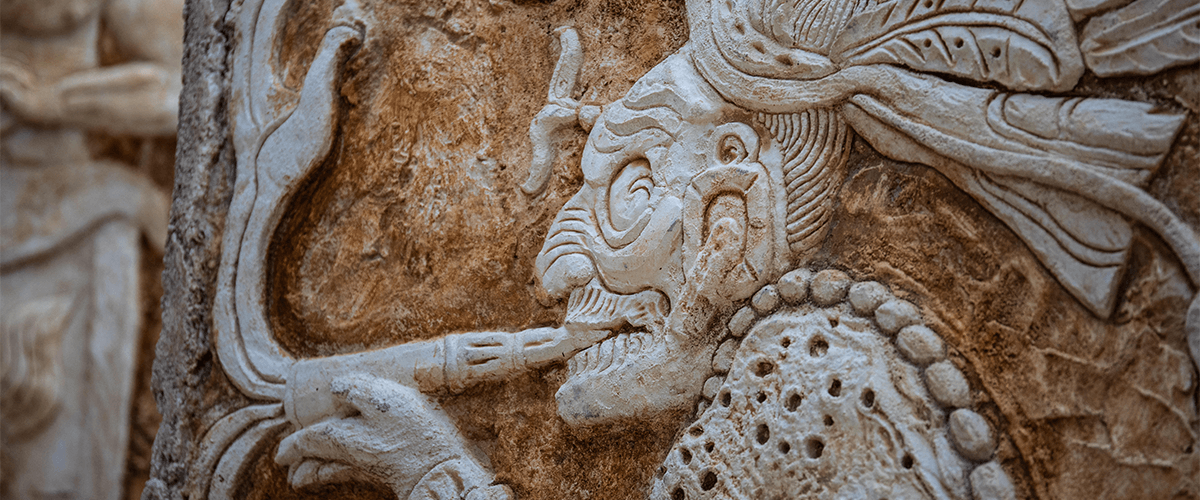
Present in hundreds of species of plants worldwide, it's not strange that DMT has been in use for centuries. The earliest traces we have of its use come from radiocarbon analyses of puma bones uncovered in today's Argentina. The dating method researchers applied suggests that traces of DMT found inside these bones, which are assumed to have been used as ceremonial insufflation devices, maybe as old as 2130 BC.
The DMT in question would have come from either the resinous fluid in the inner bark of several trees in the genus Virola or from the beans of the plants Anadenanthera Peregrina or Anadenanthera Colubrina. Virola snuffs are called epená; they were, and are used by indigenous peoples in the Orinoco Basin in Venezuela. Anadenanthera snuffs are used by the Guahibo indigenous peoples in the Colombian Orinoco Basin, and are well known as yopo (also called cohoba, vilca, and huilca). Before the Spanish Conquest eradicated them, these snuffs were also used by the Taíno indigenous peoples in the Caribbean islands. The artifacts they built to prepare the snuffs were dated to between 1000 and 1500 AD.
A recently discovered shamanic pouch, found in the south of Bolivia, contains traces of many psychoactive compounds, including DMT, as well as carved bone tubes and wooden artefacts for insufflation. It is assumed to be around 1000 years old. Indigenous peoples of today's Colombia, Ecuador, Perú, and Brazil also use DMT-containing plants, namely Psychotria Viridis and Diplopterys Cabrerana, and, to a much lesser degree, Psychotria Carthaginensis in the preparation of their respective sacred brews ayahuasca and yagé. These plants are used as admixtures in the brewing process – not as primary ingredients – and their purpose is to potentiate and enrich the effects of the master vine aya waska (Banisteriopsis caapi).
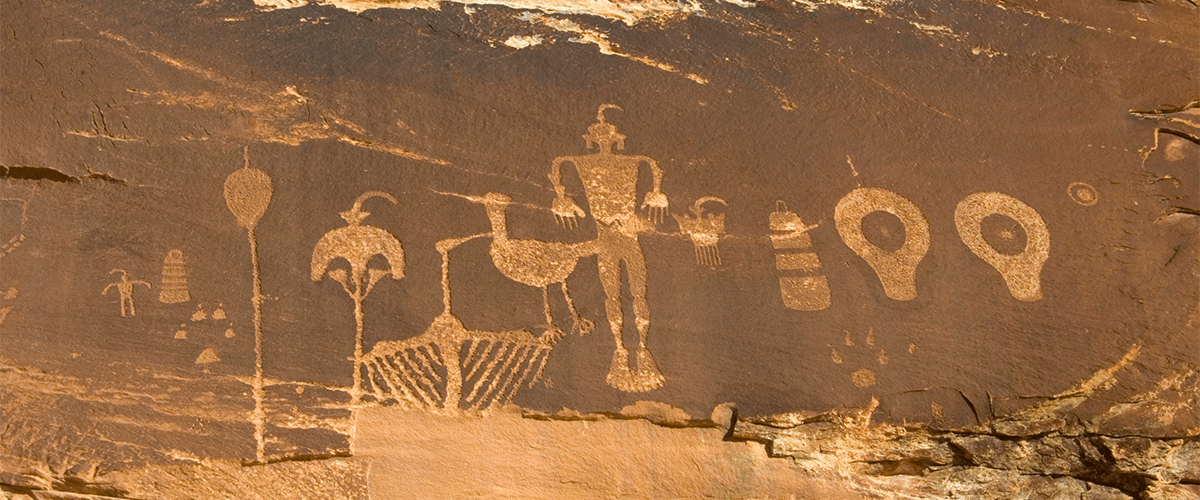
Although it is likely that ayahuasca is an ancient brew, tracing its use back through history has proven difficult. Yopo and epená insufflation devices are pretty much unmistakable, and the function of the artefacts used in the snuff preparation is quite indicative as well. However, the use of brewing pots and drinking vessels is diverse, so their findings cannot be taken as conclusive evidence of their function.
Still, there is a particularly striking ceremonial-looking bowl made out of stone, chiselled out with great care, and richly adorned with potentially mythological zoomorphic and anthropomorphic figures. It was uncovered in the Ecuadorian Amazon and is dated to somewhere between 500 BC and 500 AD. Whether or not it was used as a vaso de brujo (sorcerer's cup) for communal drinking of ayahuasca, we can't know for sure.
As for the Western world, the awareness of the existence of DMT started with its chemical synthesis, which was performed by Richard Helmuth Fredrick Manske in 1931. However, it was Stephen Szára who first researched and described DMT’s psychedelic effects in 1956. DMT consequently garnered scientific attention throughout the 1960s and 1970s, with research focused on its prevalence, biochemical properties, clinical potential, and possible connection to psychopathology. However, along with other psychedelic substances, it ceased being the object of scientific inquiry by late 1970s, with heavy legal regulations instituted globally.
In the 1990s, there was a resurgence of interest in DMT with the research of Rick Strassman, a psychiatrist and psychopharmacologist from New Mexico. Strassman was the first person to gain federal permission and funding to run studies which included administering psychedelics to human subjects in almost 20 years. He is widely regarded as the initiator of the "psychedelic renaissance".
Over the course of five years, he administered approximately 400 doses of DMT to nearly five dozen human volunteers. In this research, he described the biological and psychological effects of DMT and created a statistically robust rating scale for hallucinogenic experiences (HRS). His studies also showed that tolerance to DMT is not formed, even if ingestion is repeated in closely spaced doses, making it distinct from other psychedelics in this regard. He documented his research in detail in his book DMT: The Spirit Molecule.
Today, aside from being an object of clinical research, the extracted, crystalized form of DMT is used recreationally. It's smoked either on its own or infused in a blend of various herbs (called changa) mixed to soothe the effect of its harsh smoke on the lungs and balance out the trip. A 2010 survey of Australian recreational users found that changa is the preferred method of use among them, with 98.3% of respondents confirming they'd smoked DMT this way. A lesser portion of people, 30.6%, have tried DMT as part of an Ayahausca experience.
DMT is a common recreational substance, especially among young people. The Global Drug Survey conducted in 2019 reported that 8.2% of its respondents have tried DMT in their lifetimes and that 4.2% had done so in the last 12 months. Over half of the respondents (56.8%) were under 25.
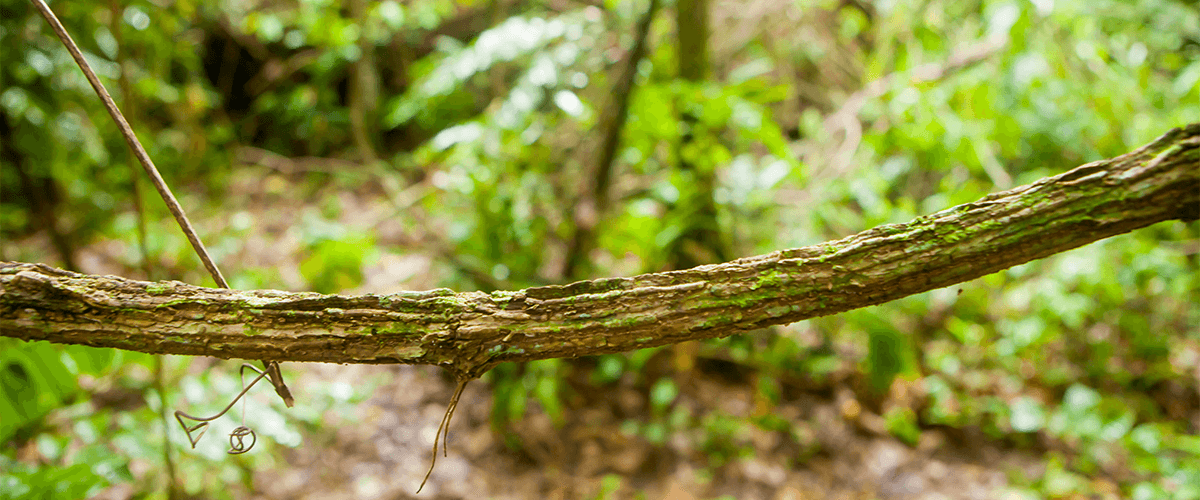
Dimethyltryptamine exists in abundance throughout nature. Some of the best-known sources include:
Aside from these, we are aware of the existence of N,N-DMT in hundreds of other plants in varying quantities. It will likely be discovered in hundreds more. The molecule has also been found in brains of rats, lungs of rabbits, and human cerebrospinal fluid, blood, and urine. According to Rick Strassman, this mystical compound may exist in potentially every mammal.
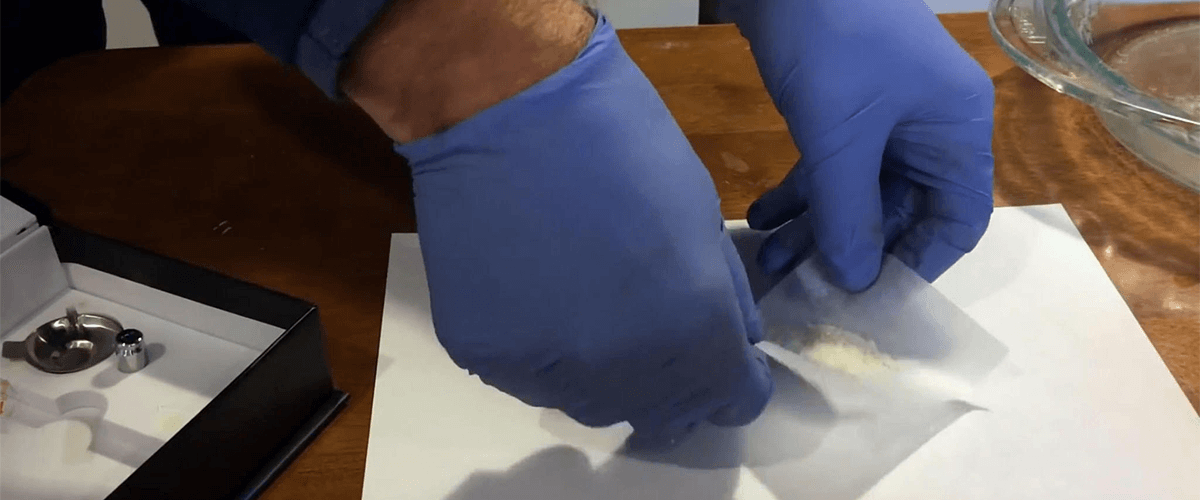
There are many ways to extract freebase dimethyltryptamine from plants that contain it. The chemistry involved is simple in theory, but the extraction process in practice should be approached with caution and carried out with preciseness to prevent potential chemical accidents and get good quality yields.
The simplest method to extract DMT is by dissolving the plant matter, which should be finely ground, in a base solution – the most common choice of solvent is sodium hydroxide (NaOH). The molecules of DMT are then released into the liquid and need to be separated from the solution. As they are not polarized, this is done with a non-polar solvent such as naphtha. Naphtha will attract the DMT molecules and make them float to the top, forming a separate layer. All that's left then is to remove the DMT content, freeze it, filter it through a coffee filter and dry it out in order to get the pure crystal.
An additional step can be taken to purify the DMT further. It's called recrystallization, and it involves dissolving the powder yielded in the first extraction in a non-polar solvent. A good solvent choice for this step is a pure alkane such as heptane. Adding heat will make the DMT dissolve more easily. Most of the common impurities remaining from the initial extraction, however, will not dissolve in it at all, and they can be separated by simple decanting.
This is why recrystallization can be an important step. When DMT is dissolved, it should be frozen and then filtered and dried again. This can be repeated for even greater refinement. There are more complex ways to extract freebase DMT, and, generally speaking, the more work they take, the better and purer the yield will be. You can find many methods described in great detail here. Noman’s Tek is commonly used, and it’s the best in terms of effort-to-yield quality ratio.

Although the plants that contain DMT are not illegal per se, once the DMT is extracted, it becomes an illicit substance, according to the 1971 United Nations Convention on Psychotropic Substances. However, the degree to which this law is enforced usually depends on the government's awareness of the existence of this substance.
As far as drug tests go, DMT is virtually untraceable. It is rapidly metabolized by the body, therefore impossible to test for unless the test is performed immediately after ingestion. Typical drug screens (even the extensive ones) don't include DMT for this reason, and it is also not chemically similar to substances that are usually tested for, so the likelihood of triggering a false positive for other drugs is practically zero.
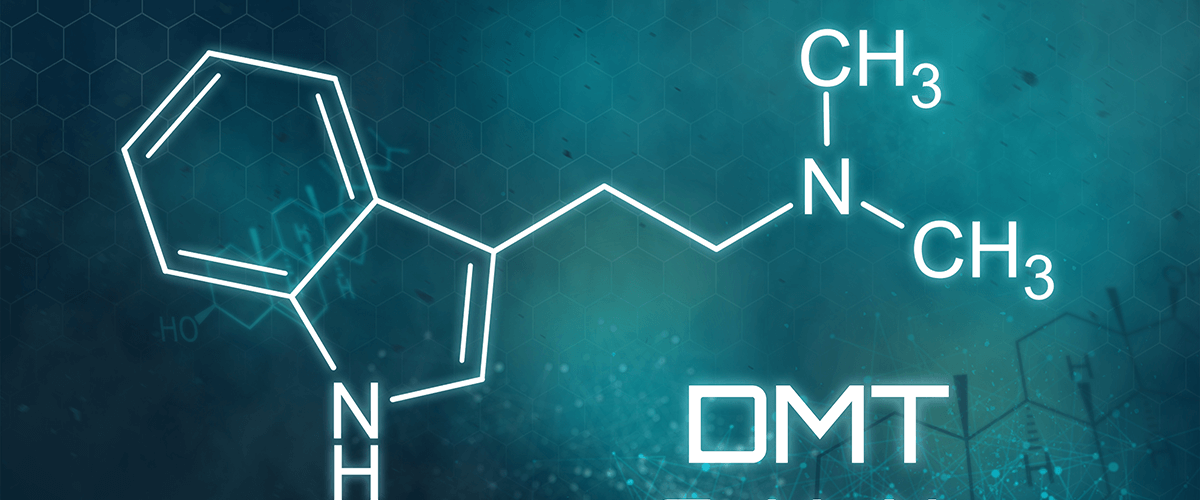
Since DMT exists throughout our bodies, we are well used to its presence. As a derivate of the essential amino acid tryptophan (which is an important serotonin regulator), it's possible that our bodies synthesize it when eating some of the many foods in which it's found. (i.e. turkey, chicken, meat, cheese, yoghurt, eggs, chocolate, fish, etc.). However, we aren't under the effect of DMT in daily life. This is because we have enzymes in the linings of our stomachs which oxidize this molecule. They are called monoamine oxidase enzymes (MAOs), and, because of them, any DMT we take orally is broken down and almost immediately rendered useless.
However, if we take DMT in combination with MAO inhibitors, such as the β-carbolines found in B. caapi, the primary plant used to brew ayahuasca, DMT doesn't get broken down, and is allowed to pass through the stomach intact, reach the bloodstream, and, ultimately, the brain.
Smoking and insufflation are also effective ways of consuming DMT because they bypass the metabolism processes in the stomach.
An interesting fact is that psilocybin mushrooms actually contain a modified version of the DMT molecule. Psilocin, the active compound of psilocybin mushrooms. And one that psilocybin itself is converted into after ingestion is actually 4-hydroxy-DMT. The four OH radicals protect the DMT from being broken down by MAOs and allow it to reach the brain and achieve its psychedelic effect.
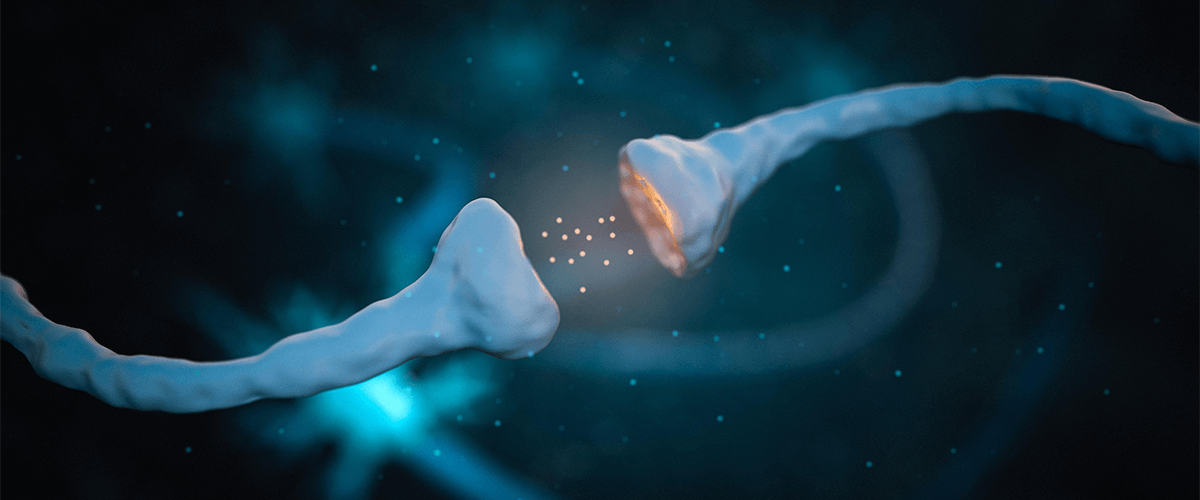
The notion of DMT's existence in so many living beings led many to believe that there may be a mechanism of endogenous production of DMT in human brains. Specifically, based on Rick Strassman’s assumptions, this would happen in the pineal gland. Strassman also famously hypothesized in his book that the release of DMT is concurrent with naturally occurring "psychedelic" states, including "birth, death and near-death, psychosis, and mystical experiences". However, none of these assumptions have ever been scientifically substantiated.
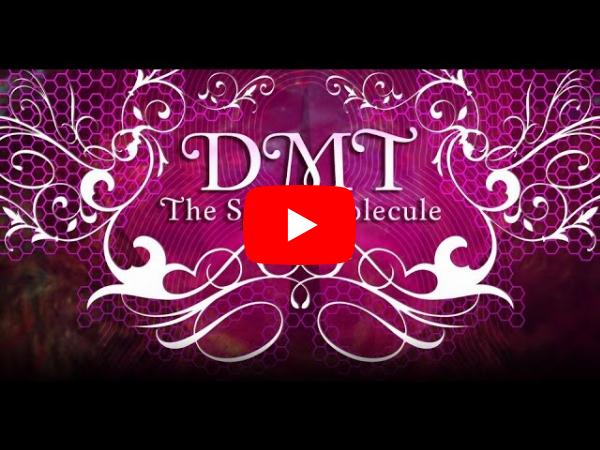
Dr David Nichols argues the opposite – he claims that any endogenous levels of DMT would theoretically be insufficient for it to be actively transported in the brain. Because of this, he believes that DMT can't act a neurotransmitter and a hallucinogenic in cases of birth, near-death experiences, and sleep. It’s been shown that DMT has an affinity for the Sigma-1 receptors, and we use this bonding action often in discussions about DMT’s effects. However, Nichols also claims that the concentration of DMT can not reach high enough levels for it to bond with these receptors (even in cases of intravenous injection).
There is a chain of complex biochemical events that are not yet understood and that take place in the brain after the ingestion of any psychedelic compound. For example, Dr Steven Barker talks about a study he conducted with the late Dr Robert Harrison, in which they recorded a tenfold increase in the concentration of 5-MEO-DMT and a fourfold increase in the concentration of N, N-DMT in rats that were administered a completely different psychedelic compound – LSD. An increase in N, N-DMT was also recorded when the rodents were given amphetamines.
These studies, unfortunately, have never been published, due to a lack of funding and Dr Harrison's unexpected passing upon the completion of his dissertation. Still, if their findings are correct, they could indicate that the spike in DMT levels may be a biochemical response to stress, or somehow related to mechanisms of self-preservation. In the same fashion, ingesting DMT may cause a host of other neurochemical processes that we may not as of yet be looking at, but that could offer a better explanation for the mystical effects of a DMT experience.
On the other hand, we also know that DMT doesn’t only have an affinity for the Sigma-1 receptor. Like other psychedelics, it binds to the 5-HT2A receptor, as well as to a variety of other 5-HT receptors and a completely different class of trace amine-associated receptors. Additionally, serotonergic hallucinogens such as DMT activate the frontocortical glutamate receptors. Still, none of this answers the riddle – knowing what receptors a compound binds to doesn't explain where the psychedelic effects come from.
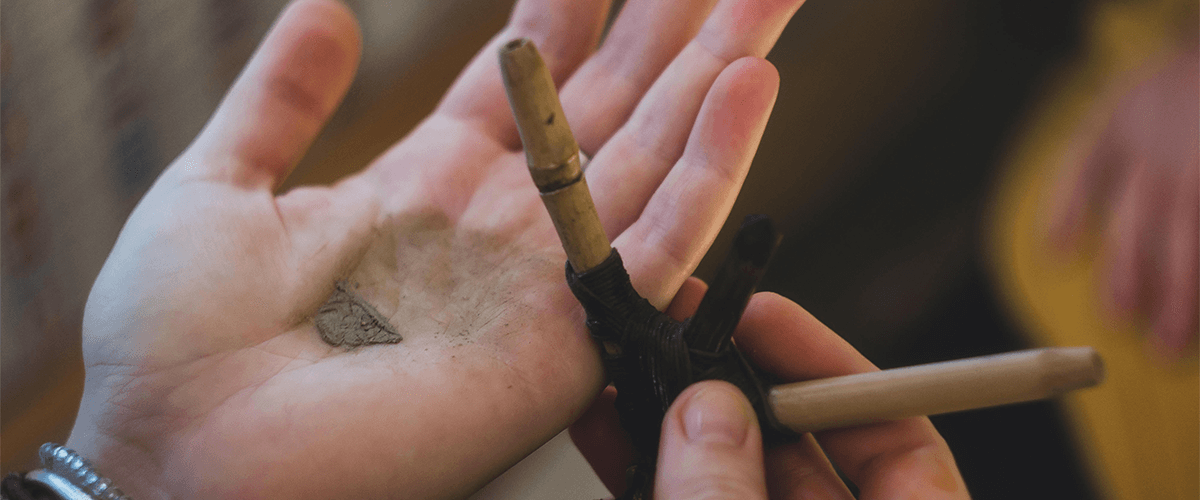
In this article, we'll focus on ingesting DMT by means of smoking it. You can read about experiencing DMT as part of an ayahuasca journey here. When smoked, a DMT trip onset comes on almost immediately and last quite briefly – up to 15-20min. As quickly as it may go by in earthly time, though, it certainly doesn't feel like that during the experience. Ingesting MAOIs before smoking DMT can extend the trip substantially – this is a form of pharmahuasca – a way to mimic an ayahuasca trip synthetically. The effects of DMT will vary depending on the dosage and on whether you smoke the pure crystal or a herbal blend called changa.

The smoke from burning pure DMT has a notoriously harsh effect on the lungs. The crystal requires immense heat to melt effectively, so torch lighters are recommended over regular ones. It's best smoked out of a glass pipe, as the fire should not get into direct contact with the crystal because it will overcook it.
More advanced vaporization pipes such as the Eagle-bil or the Smoke-bubble are becoming the preferred choice of many users, who cite their beneficial effects on the lungs, safety and efficiency (five to ten times lower doses needed than for methods involving fire) as arguments in favour of this alternative.
Actual dosages for smoked DMT are as follows: less than 20 mg is considered a low dose, 20-35 mg a standard one, and anything above 35 mg a strong dose. However, it's always best to start with lower doses (10-15mg) and gauge your tolerance as you go along. You will achieve the best results if you manage to smoke the entire dose of DMT in one hit, but 2-3 hits will also work, provided you can stay conscious for long enough. Short breathing exercises before smoking are something you should consider, as they can help prep.
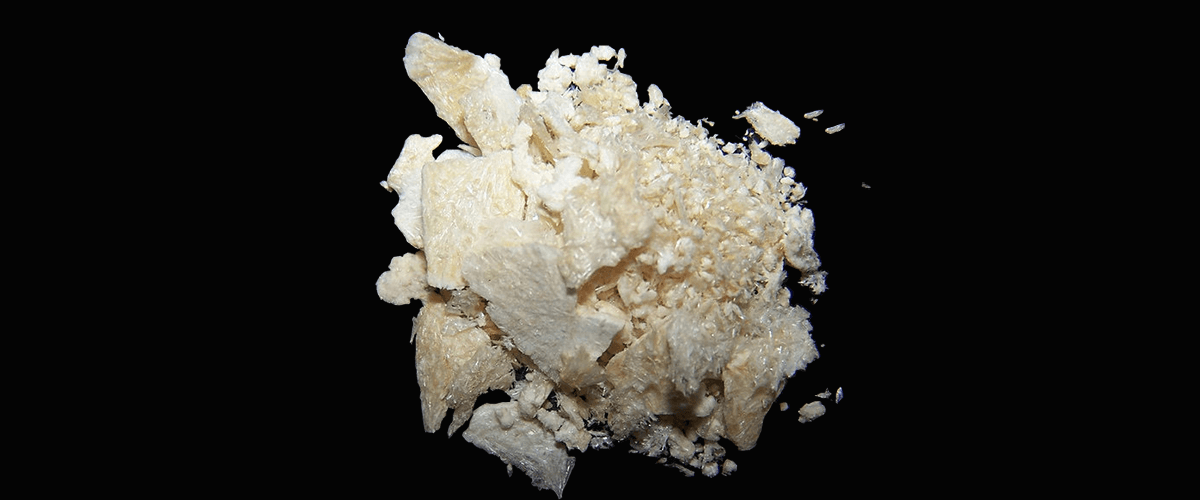
Considering the harshness of smoke, it may take you a few tries to refine your technique. A good tip is not to inhale all the smoke at once because it can cause a coughing fit. Rather, try to sip in the smoke slowly. Once you inhale the smoke, you should try to hold it in your lungs for a few seconds. Then, if you've gotten enough of it in, prepare for liftoff.

At low doses, DMT can cause a light-headed, blissful experience, with pleasant tingling sensations, improved mood and low anxiety. What most people experience with mild trips are closed-eyed visuals such as colourful lights, geometrical patterns and fractals. Open-eyed visuals are similar to LSD spatial distortions but have a more vivid, holographic feeling. In intermediate-dose trips, some users report meeting entities or seeing their environment transform significantly.
A common strand with gentler experiences is the feeling of presence in the body. An underlying awareness usually follows whatever open- or closed-eyed visions you may experience that you're still in this reality. These trips can be compared to high doses of mushrooms or LSD, and they can yield great psychological and spiritual benefits.

However, the full-blown pure DMT trip, also referred to as a "breakthrough" experience, is nothing like anything else. It's sheer madness, a complete disconnect from human reality. It can be overwhelming and difficult to remember and integrate.
Many users characterize a breakthrough DMT trip as a blast-off into hyperspace. Unlike other psychedelics, DMT doesn't modify the default reality – it propels the user into its own reality, with spaces, sceneries, and entities impossible to imagine or comprehend. The soul appears to leave the physical body and lose contact with it. The world around you disintegrates, and time doesn't exist anymore. Much of what makes you you, such as your memories, language, personality traits, intelligence, what you care about, etc. also ceases to be relevant in this alternate realm.
This is where the true potential of DMT is revealed – it can bring us as close as we can get to death, and to the point of no choice but to surrender and embrace it. Aside from this feeling of ego dissolution, or ego death, just witnessing such awe-inspiring, magical otherworldliness is enough to change a person forever. The feeling of definite knowing that something so alien to our understanding, so incredibly vast and powerful is out there and that it even feels more real than the default reality, can induce immense humility and appreciation for the sacredness and miraculous unlikelihood of our life. It can also instill in us an awareness that there is where we come from and where we shall return – to an infinite and eternal reality far more complex than our small, local, 3D existences. In short, it can teach us not to take ourselves too seriously and to live more fully, gratefully, and powerfully.

DMT trips are normally experienced with closed eyes. However, if you take a breakthrough dose, it won't matter whether they are closed or open. Still, if you try to ground your consciousness in your body and resist the urge to close your eyes, you may witness a very different thing after the trip peaks - the astounding merger of the DMT space and entities with our 3D world. You may experience wild transformations and incredible movement of matter and energy everywhere around you. Open-eyed hallucinations on high doses of DMT are incomparable to any other psychedelic experience.
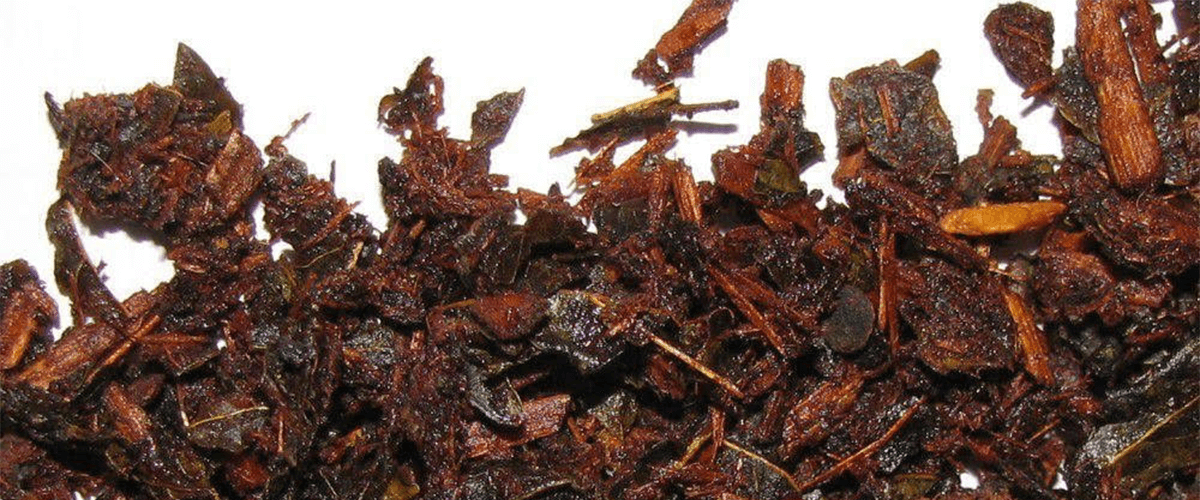
The changa mix was created to make the DMT smoke easier to inhale, and to balance out the trip, making it more integrated, connected and relevant to the human experience. Changa is an infusion of DMT into herbs such as B. caapi, mullein, passionflower, peppermint, and others. Since it usually contains B. caapi, you can think of it as smokable ayahuasca. Changa is quite easy to make – the DMT crystal is simply melted on a surface heated by steam in a few dozen millilitres of any high-quality alcohol or ethanol. Then the mix of herbs is added and stirred vigorously. The herbs dry quickly in this method, and the changa is ready to smoke in minutes.
The herbal side of the changa blend should consist of at least 25% of B. caapi. Both the leaf and the bark of the vine are okay to use – when available. It's best if the mix contains both. The vine itself serves to activate and potentiate the DMT and the other herbs, just like in ayahuasca. Varying the other herbal contents can bring different aspects of the trip to the foreground, or catalyze the respective herbs' healing effects.
A classic recipe looks something like this: 30% ayahuasca vine and/or leaf, 20% mullein, 20% passionflower, 20% peppermint, 5% calendula, 5% blue lotus. The calendula and blue lotus should be added after the DMT infusion and drying is finished. The sticks and stems of all the herbs should be removed. A coffee grinder can be used on 'burst' setting to ensure a homogenous result. A standard DMT ratio for a gentle changa mix is around 25% of content by weight. So, in four grams of changa, there would be one gram of DMT. This equates to 30 light experiences, 20 moderate experiences, 10 strong experiences, or 5 extreme experiences. A 30% DMT blend is stronger, and the 40-50% DMT blends are powerful and equate to, or even exceed, the strength of smoking freebase DMT by itself, due to the combined effect of the herbs.
Changa provides for more versatility in potency and effects than pure crystal DMT, and, due to the presence of B. caapi, which has MAO inhibitors, the DMT stays active longer. The gentle changa blends allow people to access the DMT space comfortably and beneficially, which won't require days or years to process. Strong blends, on the other hand, due to their ease of smoking, enable users to break through with less lung stress and less likelihood of coughing or gagging. Changa can also be vaporized, just like pure crystal.

DMT is a highly potent hallucinogen that causes a wide range of changes in physiology and perception. The most common physiological side-effects include a rise in heart rate and blood pressure, dizziness, confusion, lack of coordination, nausea (if DMT is taken as part of ayahuasca), shivering, spasms, and, potentially, a loss of consciousness. If you have a pre-existing heart condition, such as hypertension, you should take high precautions when smoking DMT or avoid smoking it altogether.
The loss of coordination means that performing any physical activities under the effect of DMT is not advised, as it may cause injury. DMT is best enjoyed in a spacious, comfortable environment, lying down, and with a sober sitter present. The visual distortions DMT causes can completely alter your perception of the situation. This can result in massive confusion, which may escalate into anxiety or panic. The closed-eyed visualizations can also be overwhelming and may cause a feeling of discomfort or fear or, more remarkably, psychological trauma. Bad trips on DMT are not uncommon, and they can be far more harrowing than on other psychedelics.
DMT can also create a feeling of dissociation between the mind/soul and the body. Losing this connection is viewed by some as the hallmark of the DMT experience, and it can catalyze incredibly powerful and profound shifts in consciousness. However, it can also produce symptoms of depersonalization, which may be challenging to recover from and integrate. Lastly, the cases where DMT might be potentially dangerous are those when it is used in interaction with other drugs or medication. Primarily, it should not be mixed with any substance that influences serotonin levels (such as anti-depressant medication) or alters blood pressure (such as alcohol or hyper/hypotension medication).
These interactions can lead to serotonin syndrome or hypertensive crisis, respectively, both of which can have fatal outcomes. This applies with even more gravity if MAOIs are used in combination with DMT, as they potentiate these effects even more. It goes without saying that other psychoactive substances. Such as opioids, CNS depressants or stimulants, phenethylamines, methamphetamines, barbiturates, antipsychotics, and the like, should not be used simultaneously with DMT. The interactions have not yet been thoroughly researched, but reasonable assumptions say that there may be the risk of harm.
Once again, when smoking DMT, have a sober sitter present in case anything goes wrong. We hope this guide has been informative and helpful for your psychonautical endeavours. Safe tripping!